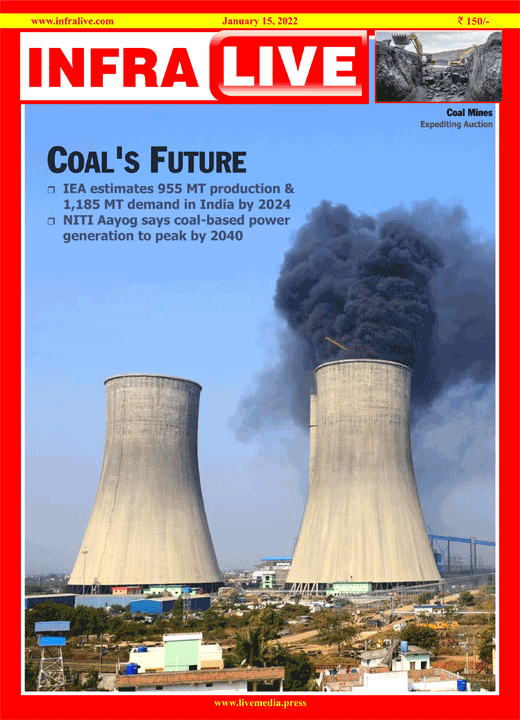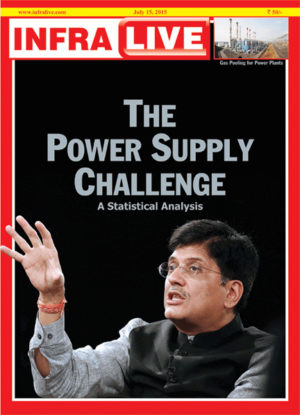There are two reports: from Niti Ayog & International Energy Agency (IEA) and both declare that coal will be around for more than a decade as mainstay feedstock for the electricity sector. Those participating in coal mine auctions can rest assured that their investments are safe and will run the lifecycle of the mine they win.
Besides, at the Glasgow global climate summit COP26, Prime Minister Narendra Modi announced that India will be a Net Zero Emissions country by 2070 and will have 500 GW of renewable energy by 2030. The Net Zero decision has provided certainty to investors in coal – both Coal India Ltd (CIL) and private captive and commercial coal miners. For another 20-30 years the future of coal is secure in India. The reports strengthen this business sentiment.
The NITI Aayog report gives a slew of future data. Coal demand will be in the range of 1,192-1,325 million tonne (MT) by 2030, led by usage from the electricity sector. Coal-based utility electricity generation capacity in India is likely “to peak at about 250 GW” by the end of this decade. The slowdown in coal-based utility electricity generation is forecasted to happen thereafter and is likely to peak a few years later, ie 2040. For the next decade, coal-based thermal power generation will grow in absolute terms. Thermal’s share in the total power generation mix of the country will decline to a 50-55 per cent from current 72 per cent in the next 10 years. The change in capacity mix will be due to increase in share of renewable energy.
The IEA report notes that coming on the back of coal supply crisis mid-2021 when power plants were pressing the critical stock button, India plans a domestic coal production boost. IEA expects India’s total coal production to rise to 955 MT by 2024, an increase at a CAAGR of over 6 pc. Leading this expansion will be India’s three coal mining public sector undertakings – Coal India Ltd (CIL), Singareni Collieries Company Ltd (SCCL) and Neyveli Lignite Company (NLC). The coal ministry has announced many greenfield projects and brownfield ventures to fulfil the targets. Captive blocks for self-consumption and, potentially, new commercial coal blocks auctioned by the government will also fuel this growth.
However, Niti Ayog has flagged caution on the renewables front and stated that targeted 100 GW of solar and 60 GW of wind capacities is unlikely to be achieved. The reasons are multi-fold: current surplus capacity, reluctance of stressed discoms to sign fresh PPAs, investment constraints due to pandemic and additions of new coal capacities which will have an impact over next two decades.




